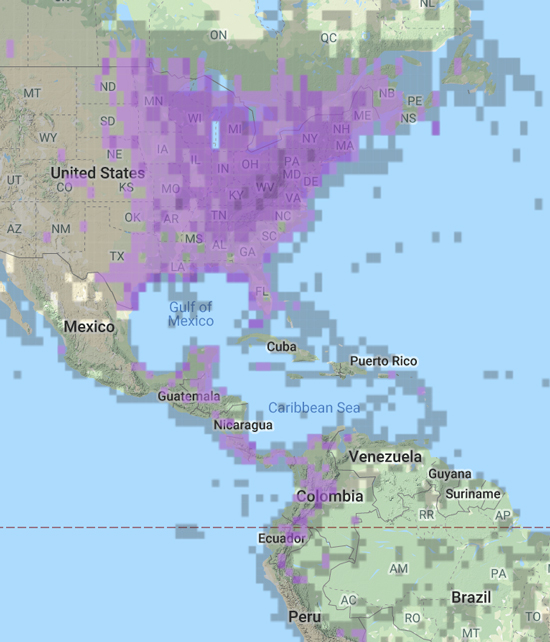Scarlet Tanager
Do you live in the eastern United States? If you do, take a walk in the woods on a beautiful morning in early May. Look high up in the trees. If you spot something so bright, and so brilliantly red, that you couldn’t possibly believe it to be real, you may be looking at the Scarlet Tanager. As a child, there was nothing more exciting to me than tracking down the tropical-looking Scarlet Tanager in Pittsburgh’s Latodami Nature Reserve.
The Scarlet Tanager is brilliant red with jet black wings and tail. In the fall, first-year, male scarlet tanagers may be spotty red and yellow. Despite its bright red color, the scarlet tanager is relatively inactive, and can be hard to see high in the trees amidst the broad leaves of maples and oaks. The unmistakable scarlet tanager is only about 6 inches in length(slightly smaller than the cardinal). The female is the only bird in the northeast United States that is entirely green. The scarlet tanager is sometimes the victim of the parasitic Brown-Headed Cowbird. The cowbird lays its eggs in tanager nests, which causes the smaller tanager chicks to be pushed out of the nest.

